The Inn at Savoie
Nestled beneath the Banquet Hall, our Arts & Sciences team will transform the lower floor into a lively space, reminiscent of the common room at an Inn. A number of diversions will be available in this tavern atmosphere during the Interludes. Note that the lower floor, both the Common Room and the Stone Terrace, will close for each Course service.
Tavern Games
Ishmael Stedfast, a constant presence at the Inn, will have piles of historical games for passing the time with friends by candlelight. Instructions and copies of the historical games below will be available for play and Ishmael will be an enthusiastic instructor all evening!

Click the title of each game for instructions on how to play!
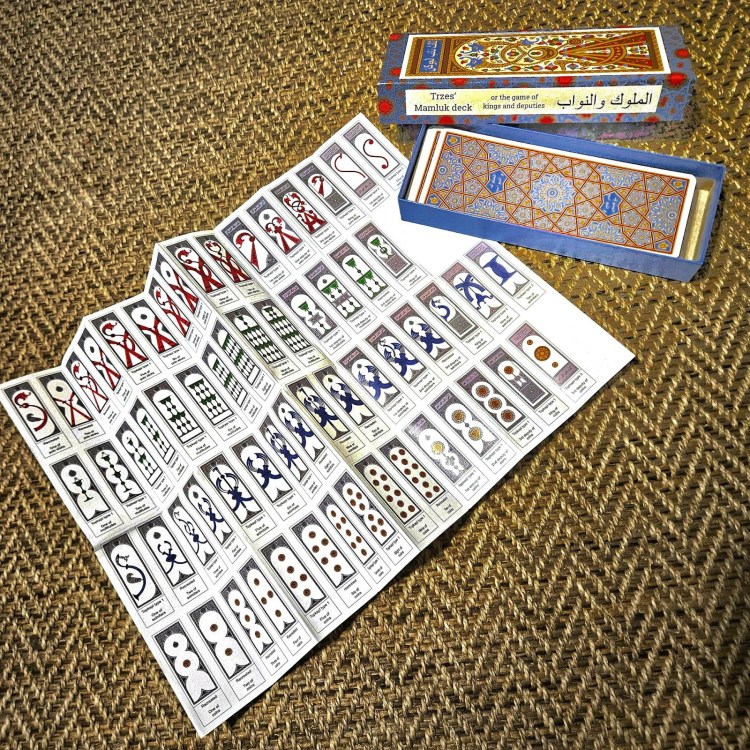
Many decks of period cards, with instructions and suit guides
Photo courtesy of Tala al-Zahra
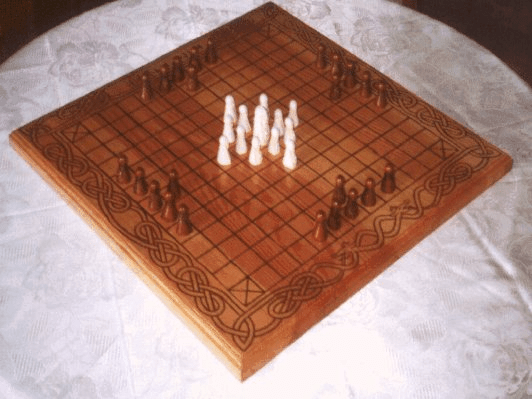
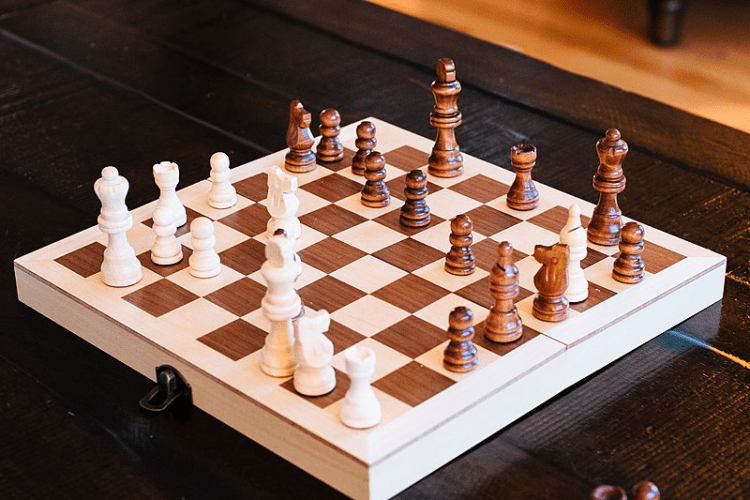
Chess
Chess is a two-player strategy game that originated in India around the 6th century and became popular in Europe by the 12th century, supplanting Tafl. Each player commands an equal army with the goal of checkmating the opponent’s king.
Photo courtesy of Conal Gallagher
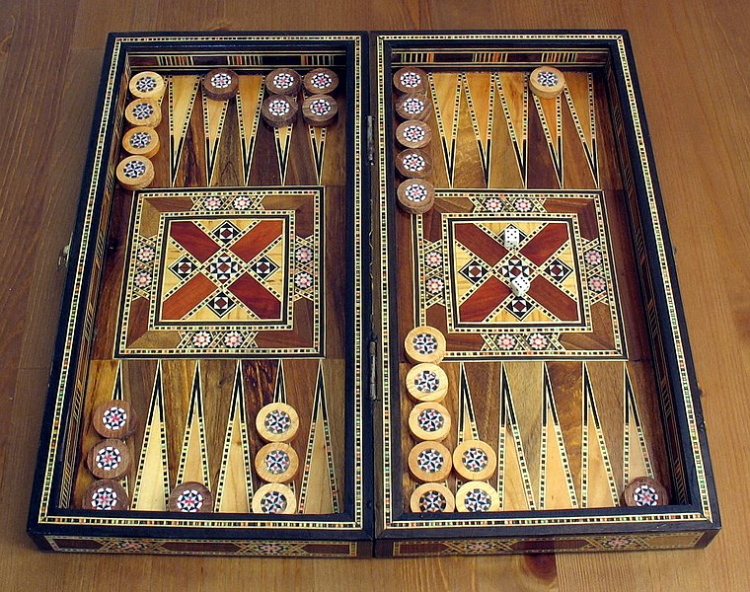
Backgammon
Backgammon is one of the oldest known board games, dating back over 5,000 years to Mesopotamia. It became popular in Europe during the Roman Empire. Players race to move all their pieces off the board while using strategy and dice rolls to block or capture their opponent’s pieces.***

Historical dice and several period games of chance
During our period, dice games like Hazard, Raffle, and Passe-dix were popular in Europe. Hazard, mentioned in Chaucer’s Canterbury Tales, involved rolling two dice to match a chosen “main” number to win. Raffle requires players to roll three matching numbers, and Passe-dix (literally “pass-ten”) is a betting game where players wager on whether the sum of three dice would be 10 or lower, or 11 and higher.***
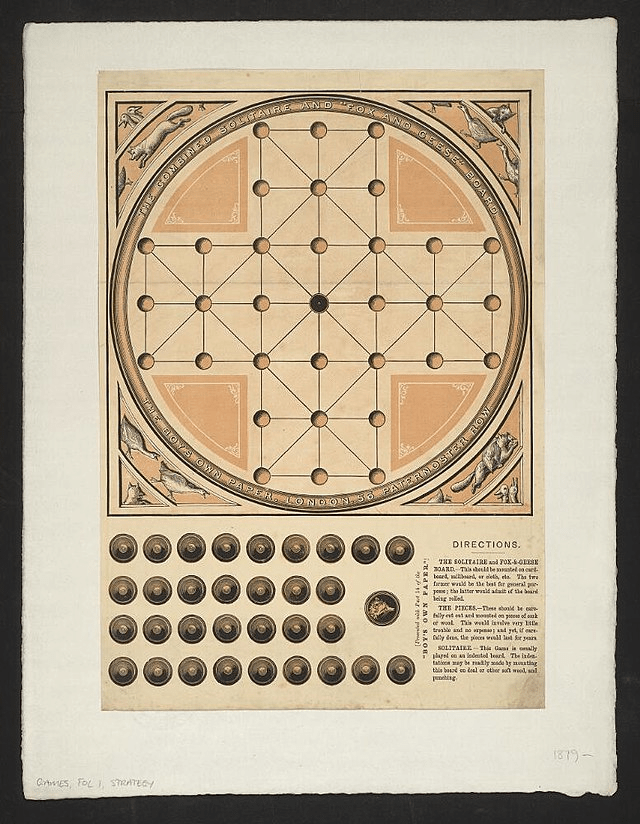
Fox and Geese
Fox and Geese is another asymmetrical strategy game popular in Medieval Europe. One player controls a fox trying to capture geese, while the other defends with geese attempting to trap the fox.
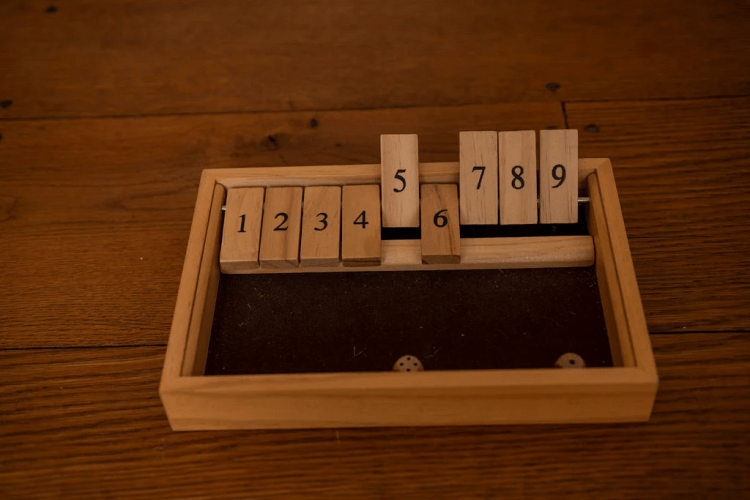
Shut the Box
Shut the Box is a traditional dice game that originated in 18th-century Europe (SHHHH!), likely among sailors and pub-goers. Players roll dice to “shut” numbered tiles by matching their sum, aiming to close all tiles.
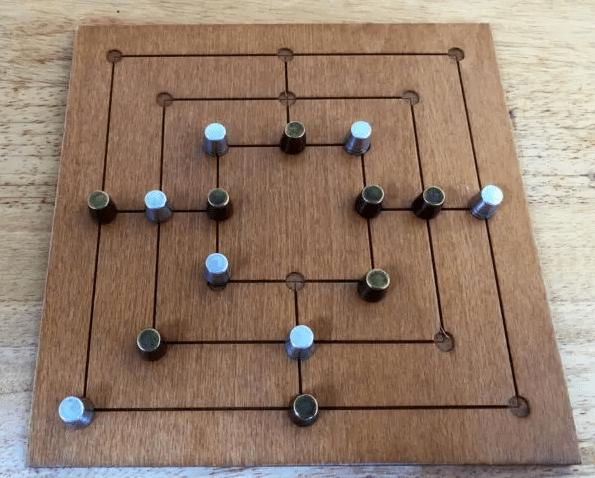
Nine Men’s Morris
Nine Men’s Morris is an ancient strategy game played since at least the Roman Empire, popular in medieval Europe. Players aim to form “mills” by aligning three pieces, allowing them to capture opponents’ pieces. The goal is to reduce the opponent to two pieces or block all moves.
Photo of a Nine Men’s Morris board from Tom Franklin